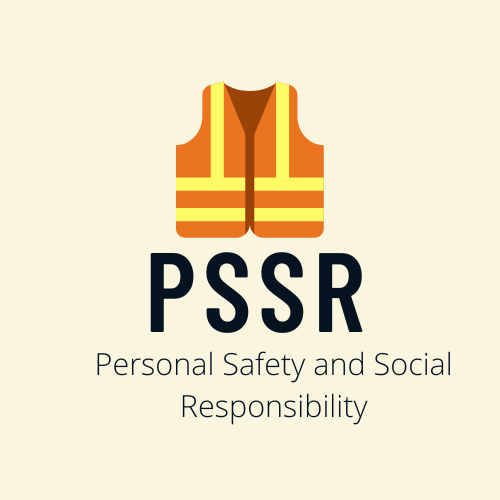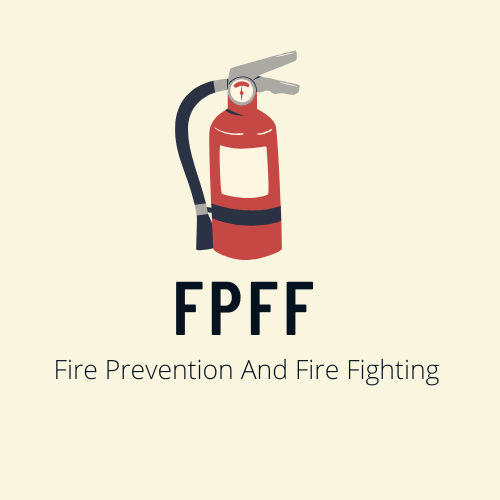This EFA exit exam questions and answer quiz.
If you find any questions answer incorrect, please let us know by Clicking here
61. Which one of the following conditions may mimic the signs of acute alcohol intoxication?
A) Hypoglycemia(correct)
B) Congestive heart failure.
C) Absence seizures.
D) Anaphylactic shock.
62. Which one of the following breathing diseases is included in C.O.P.D.:
A) Croup.
B) Hyperventilation
C) Emphysema. (correct)
D) Dyspnea
63. A condition where air builds up in the pleural space, collapses the lung and puts pressure on the heart is called:
A) Closed pneumothorax
B) Tension
pneumothorax(correct)
C) Hemo thorax
D) Open pneumothorax
64. Oxygen humidification is recommended if you are administering oxygen for longer than:
A) 15minutes.
B) 30minutes. (correct)
C) 60minutes
D) 90minutes.
65. You find a male patient with obvious difficulty breathing. He is using his neck muscles, and is cyanotic. There are red blotches on his chest, and his neck is swelling. You suspect:
A) Anaphylaxis. (correct)
B) Bronchitis.
C) Emphysema.
D) Asthma.
66. When you are giving mouth-to-nose AR, you should:
A) Hold the casualty's mouth closed. (correct)
B) Pinch the nostrils closed before blowing impairs into the casualty.
C) Tilt the head back less than for the mouth-to-mouth method of AR.
D) Keep the mouth and nose closed between breaths.
67.A rapid body survey should take no longer than:
A) 30seconds(correct)
B) 45seconds
C) 60seconds
D) 90seconds
68. During one-rescuer CPR for adults, the ratio of compressions to ventilations should be:
A) 5:1
B) 15:2
C) 30:2 (correct)
D) 35:2
69. To correctly size an or pharynx geal airway place the flange at the corner of the mouth with the tip reaching:
A) The angle of the patient's jaw
B) The top of the patient's seat
C) The patient's sea
robe (correct)
D) Two-finger width from the flange.
70. A guideline for normal systolic blood pressure in an adult male would be:
A) 50plustheman'sageuptol50mm. Hg.
B) 65plustheman'sageuptol20mm. Hg.
C) 80plustheman'sageuptol30mm. Hg.
D) 100plustheman'sageuptol50 mm.Hg.(correct)
71. A should be offered to the patient with chest pain who is taking nitroglycerin:
A) Before the first dose of nitro
B) After the first
dose of nitro (correct)
C) After the second dose of nitro
D) After the third dose of nitro
72. When suctioning an on-breathing adult casualty, a first aider should:
A) Apply suction as soon as the suction tip touches the mouth.
B) Insert the suction tip deep into the larynx.
C) Suction for no more than 15seconds. (correct)
D) Insert the tip with the curved side towards the tongue.
73. A flail chest results when:
A) Three ribs are broken on each side of the chest.
B) Part of the spine becomes separated from the ribs.
C) The breastbone is broken in three places.
D) Several ribs are broken in more than one
place.(correct)
74. Which of the following devices provides the highest percentage of O2delivery?
A) Nasal cannula.
B) Plastic facemask.
C) Partial rebreathing mask.
D) Non-rebreathing mask. (correct)
75. Status epileptics refer to:
A) Normal seizure patterns nine epilepsy.
B) Seizures are caused by a high fever.
C) Continuous seizure activity. (correct)
D) Seizures lasting longer than 2 minutes
76. You suspect a patient's pain is due to my cordial infraction rather than angina because of the pain:
A) Is under the sternum.
B) Radia test to heck, jawan's arms.
C) Is not relieved by rest or medication. (correct)
D) Lasts for about 3minutes.
77. OPQRST is used to assess:
A) Pain(correct)
B) Level of consciousness
C) Vision
D) Hearing
78. The recommended oxygen flow rate for nasal cannulae (nasal prongs) is:
A) 1-6litres/min.(correct)
B) 6-8litres/min.
C) 8-12litres/min.
D) 10-15litres/min.
79. When aligning the head in the eyes-front neutral position, watch for:
A) Pulse, movement, sensation.
B) Crepitus, pain, resistance. (correct)
C) Pain, circulation, retention.
D) Tingling, numbness, paralysis.
80. To prepare a completely amputated part of the body for transportation to hospital with the casualty, you should:
A) Place it in a clean plastic bag filled with cold water.
B) Wrap it in clean, moist dressings and keep it cool. (correct)
C) Wash it off and place it into a bag of crushed ice.
D) Wrap it in clean, moist dressing and keep it at body temperature.
81. Hypovolemic shock results from:
A) The body's reaction to a foreign protein.
B) An overdose of insulin.
C) Toxins are produced by a severe infection
D) Decreased volume of blood. (correct)
82. Manual support of the head and neck of the patient with suspected spinal injury can be released:
A) Once the breathing has been checked.
B) When a hard collar has been applied.
C) If the patient is unconscious.
D) When the patient is fully immobilized to a backboard. (correct)
83. A conscious casualty who has suffered a stroke becomes unconscious. To keep his airway open and help him breathe, you should:
A) Turn him into the recovery position with his
unaffected side down. (correct)
B) Place him in a semi-sitting position.
C) Turn him into the recovery position with his unaffected side up.
D) Place him on his back.
84. A worker has fallen from a six-foot ladder onto a concrete floor. Your first action should be.
A) Take a SAMPLE history.
B) Perform a secondary survey.
C) Take charge and
perform a scene survey. (correct)
D) Assess the rate and quality of breathing.
85. The correct ratio of compressions to ventilations for two -rescuer CPR on a child is: A)
A) 5:1
B) 15:2 (correct)
C) 5:2
D) 15:1
86. To determine whether the ac-spine injury has occurred, you should think about the Mechanism of Injury. This can best be described as:
A) The force that causes the injury and the way
it acts on the body. (correct)
B) The circumstances after the injury.
C) The weather conditions at the time of the incident.
87. The recommended oxygen flow rate for nasal cannulae (nasal prongs) is:
A) 1-6litres/min.(correct)
B) 6-8litres/min.
C) 8-12litres/min.
D) 10-15litres/min.
88. When aligning the head in the eyes-front neutral position, watch for:
A) Pulse, movement, sensation.
B) Crepitus, pain, resistance. (correct)
C) Pain, circulation, retention.
D) Tingling, numbness, paralysis.
89. To prepare a completely amputated part of the body for transportation to hospital with the casualty, you should:
A) Place it in a clean plastic bag filled with cold water.
B) Wrap it in clean, moist dressings and keep it cool. (correct)
C) Wash it off and place it into a bag of crushed ice.
D) Wrap it in clean, moist dressing and keep it at body temperature.
90. Hypovolemic shock results from:
A) The body's reaction to a foreign protein.
B) An overdose of insulin.
C) Toxins are produced by a severe infection.
D) Decreased volume of blood. (correct)





